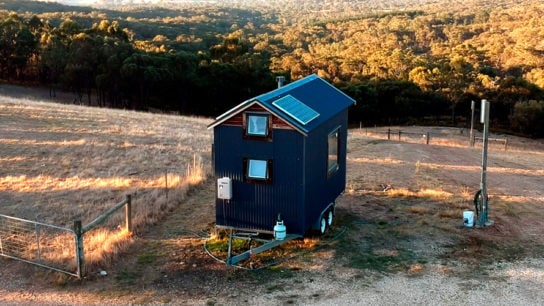The first place of worship of its kind in Singapore, the Masjid Omar Kampong Melaka mosque has a rich historical heritage that spans centuries and reflects the changing face of its city.
Built in 1820 on what is now Keng Cheow Street, just a stone’s throw away from Clarke Quay, Singapore’s entertainment and nightlife hub, Masjid Omar Kampong Melaka is a place of worship that has weathered centuries, seen changes and experience shifts in society, all whilst remaining true to its roots. Having undergone several facelifts and seen additions and renovations over the years, it still remains a sacred place, the mosque’s dignified presence a reflection of Singapore’s multiculturalism and efforts to preserve its historical landmarks.

https://www.wikiwand.com/en/Masjid_Omar_Kampong_Melaka
It was the late Syed Omar bin Ali Aljunied, a wealthy Arab businessman and philanthropist, who played a significant role in the building of Masjid Omar Kampong Melaka. The merchant, part of the Aljunied family of well-known traders, arrived in Singapore not long after Stamford Raffles founded the nation in 1819, bringing commerce to Singapore’s free port. Part of the expansion plans for the city included land for the Muslim community, and Masjid Omar Kampong Melaka was built as a prayer house for the Muslims who occupied the area. The mosque’s humble origins were marked by simple architectural elements of timber, wooden planks and an attap roof. Soon it became a gathering spot for both Muslim immigrants and local Malays who sought a place for peace and prayer in the only mosque that existed in Singapore back then.
As Singapore’s popularity as a free port grew, the number of worshippers visiting the mosque increased. It became evident that larger premises were needed, and with funding from Syed Omar’s son, Syed Abdullah bin Omar Aljunied, a bigger brick building replaced the original structure in 1855. The premises were then left unaltered for over 100 years, seeing no change or damage, even during the infamous racial riots of 1964, which saw clashes between the Chinese and Malays in Singapore.
Reconstructive work in 1982 breathed new life into the structure when an administrative building and ceremonial cleansing area were added to the place of worship. A dome-shaped tower, known as a minaret, was erected in 1985, and it remains prominent to passersby thanks to its visibility and the call to prayer broadcast over its speakers still today. Finally, renovations costing S$936,000 were performed in 2009, allowing new classrooms and a prayer area for women to be added. Parts of the mosque were also air-conditioned or expanded to keep up with the times. Uniquely, this has all been done whilst still preserving some of the 1855 building’s elements – pay attention, and you’ll find original pillars and columns, as well as some of the building’s ancient chengal wood structures still within the premises.
In 2001, Masjid Omar Kampong Melaka was declared a historic site by the National Heritage Board, joining the likes of Merdeka Bridge, Kwan Im Thong Hood Cho Temple as places that have contributed to Singapore’s rich heritage. Today, the mosque sees up to 500 worshippers daily and religious courses and Quran memorisation classes being conducted regularly. The mosque’s location makes it convenient for Muslims who work in the nearby Central Business District, and in recent times, it has also seen a diverse range of visitors, from tourists to non-Muslim locals, in a sure sign of shifting demographics and openness. Signs in the mosque come in all four languages—English, Malay, Chinese and Tamil—to facilitate visitors who may never have been into an Islamic place of worship before.
Still today, the descendants of the late Syed Omar, totalling over 300, meet at the mosque on Laylat al-Qadr, “the night of power” during Ramadan, the Muslim fasting month, when family members who are also religious leaders lead the congregation in prayers. As Singapore continues to progress as a modern metropolis, historic sites like Masjid Omar Kampong Melaka bear testament that places of heritage can flourish and impart a wealth of history for future generations to come, moving with the times in order to preserve the past.
Related Articles
Singapore Religion: The 5 Most Common Religions
The 9 Absolute Best Things to Do in Singapore: A 24 Hour Guide




